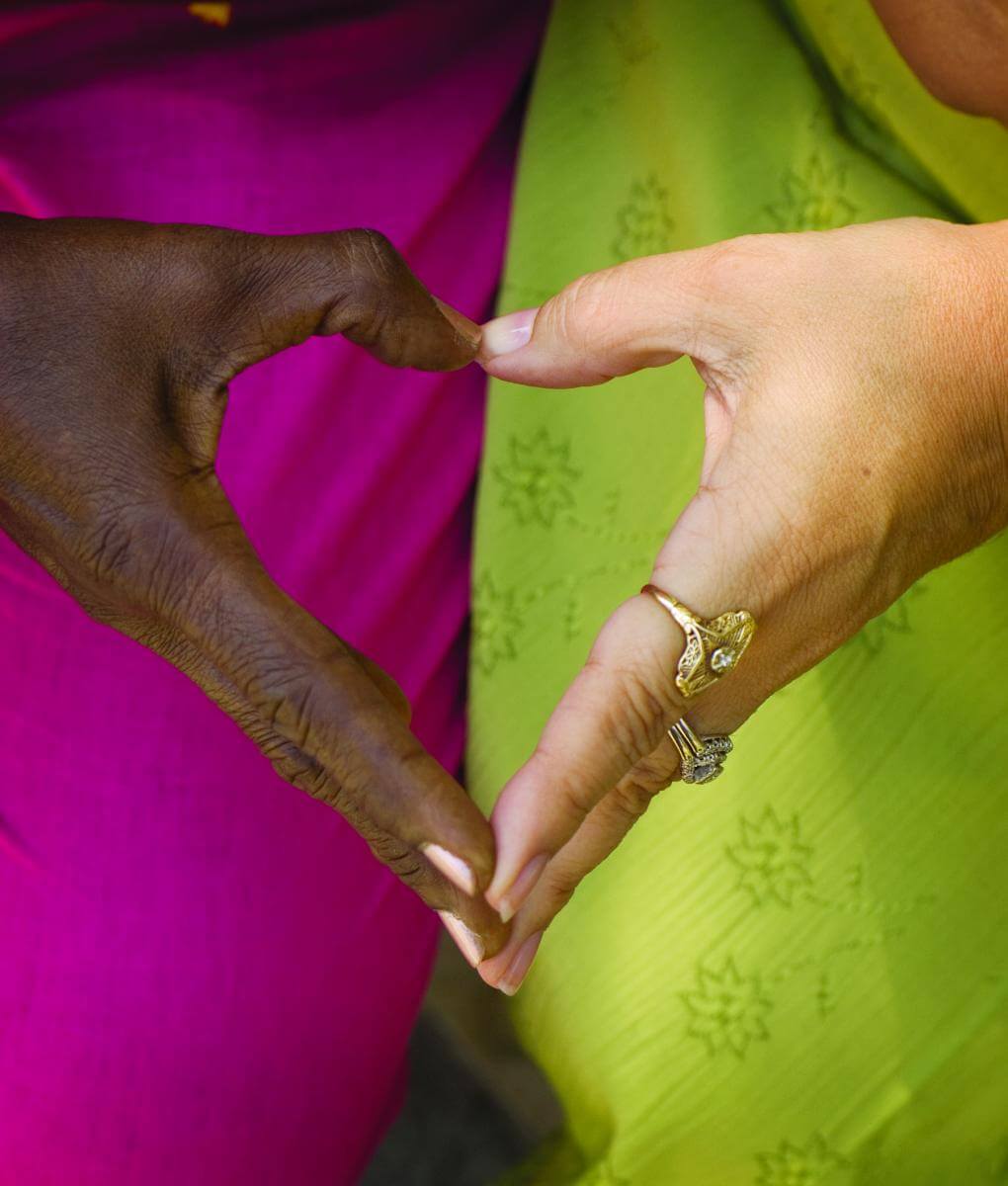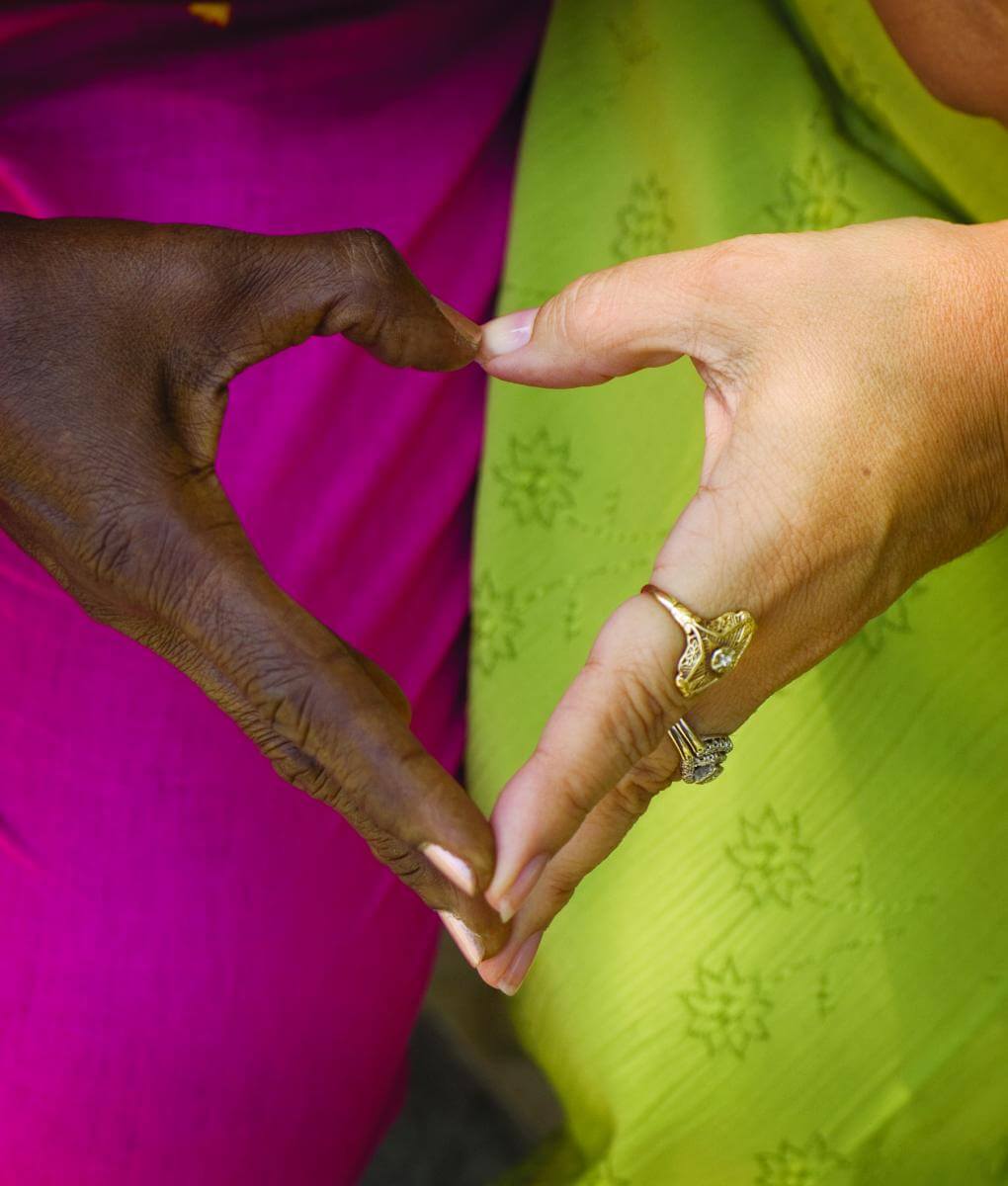LifeGift Enrolls in Stanford University’s Donor Heart Study

Each year, an estimated 20,000 people in the United States could benefit from heart transplant surgery, yet only about 2000 heart transplants are performed. Despite such high demand, a significant number of available hearts are turned down by transplant centers.
These startling statistics prompted researchers at the Stanford University School of Medicine to enroll seven organ procurement organizations (OPOs), including the Texas Medical Center’s own LifeGift, in a new study that aims to find out the reasons hearts are turned down and to develop clinical tools to assist transplant centers in deciding whether or not to accept an available heart.
“The study is trying to obtain more of an objective assessment using clinical parameters to say, for example, ‘There’s a very good chance this heart is going to work and we know that because we can look back at the Stanford Donor Heart Study,’” said Kevin A. Myer, president and chief executive officer of LifeGift.
Currently, transplant centers only accept about 34 percent of available donor hearts. The reasons for rejection vary and are not based on any nationally accepted or standardized scientific criteria.
“Is it the quality? Is it the age? Is it blood vessel disease? Is it that it’s not working correctly? There could be a whole variety of reasons,” said LifeGift Chief Medical Officer R. Patrick Wood, M.D., FACS.
One key reason more hearts have been turned down in recent years is because of the improvement in devices to support patients’ hearts as they await transplant. Though a patient who is doing well with a mechanical heart device would do even better with a good donor heart, the efficacy of the devices has caused cardiologists to be more conservative. The devices buy waiting time.
“What we’re trying to do with the study,” said Wood, “is to see if they’re right to wait and are doing exactly the right thing, or are there hearts that could have been used that weren’t.”
The likelihood of rejection also varies by center and region. One transplant center may accept a heart that other less aggressive centers rejected. Centers in the Pacific Northwest, for example, reject more marginal hearts than the Northeast.
“Even within our own area, our several heart centers may each have their own criteria,” said Wood.
As study participants, LifeGift and the six other OPOs are responsible for providing data to Stanford on 5,000 donor hearts over the course of five years. LifeGift expects to provide data about over 200 hearts in just the first two years of the study.
“Between gathering clinical data, laboratory data, echocardiograms, EKGs, the hope is eventually they will come up with a system to rank donors to try to get a scoring system,” said Wood, “and thereby use more hearts and save more lives, which is what we’re all about.”
The same data is provided to transplant centers, so the Stanford researchers will essentially be reevaluating the criteria centers use when they decide whether to accept or reject a heart.
“They’re going to try to get us the data to say, for example, ’The EKG is misinterpreted in 25 percent of the patients,’ or, ‘a lot of donors have this echo characteristic but it doesn’t really affect the outcome,’” said Wood.
Ultimately, the goal is to create a standardized, scientifically based system of evaluating donor hearts, rather than having each center make decisions based on its own unique system. Similar evaluation tools are already being used for other organs. The new Kidney Allocation System, for example, which went into effect in December 2014, uses a donor scoring system based on multiple criteria, including the donor’s age, weight and medical history. The purpose of all organ evaluation systems is the same: to provide the best outcome possible for transplant patients.
“We’re very happy to be part of this Stanford Donor Heart Study, and we feel like it’s an opportunity to advance donation and transplantation for heart transplant patients,” said Myer. “It’s a great way to find evidence about how we can improve and make sure, in each and every donation situation, we maximize and optimize that gift of life.”
The Stanford Donor Heart Study is only one of a number of studies in which LifeGift is currently involved. The organization is also part of an NIH genomics study, for example, which involves collecting tissue samples from donors to help the NIH look at genetic markers or profiles of different diseases.
“It’s exciting because we’re probably one of the smallest groups in the Texas Medical Center, but the impact we can have by participating in these kinds of research projects is far-reaching,” said Myer. “We feel that it’s a really important service for us to provide to our colleagues working in the Texas Medical Center.”




